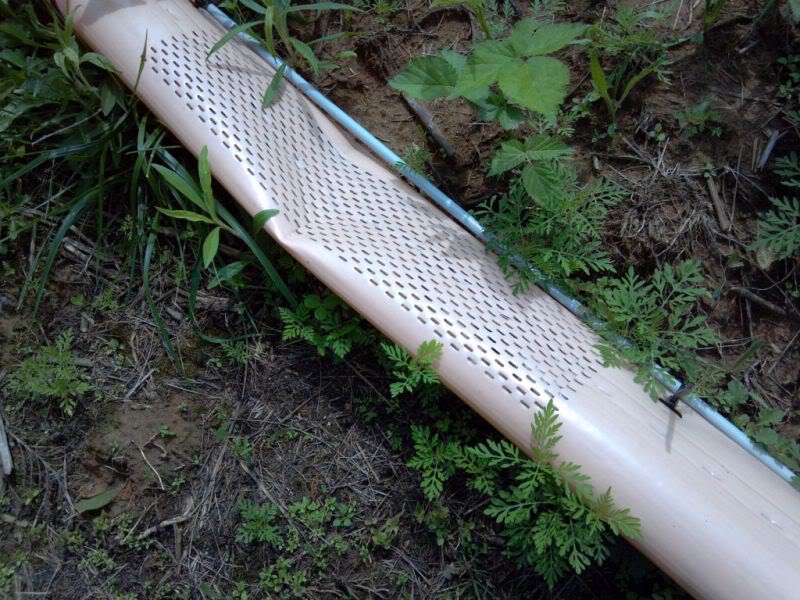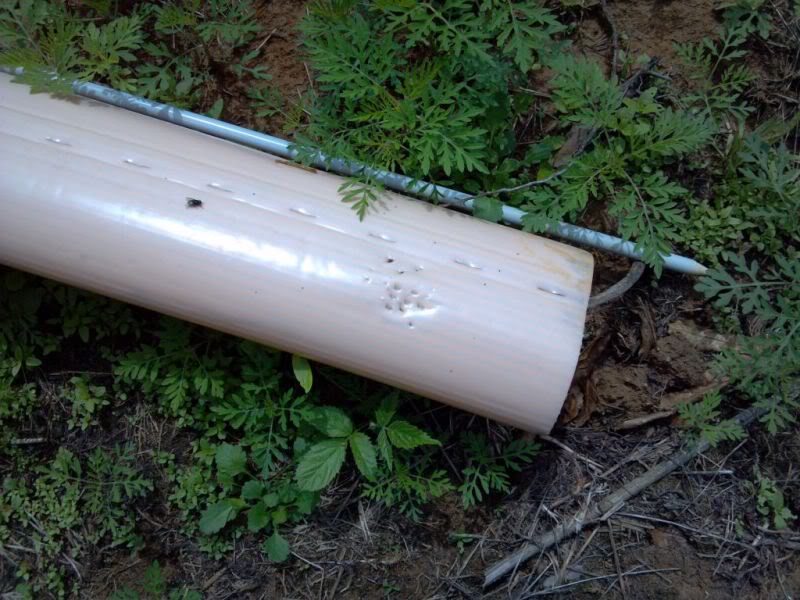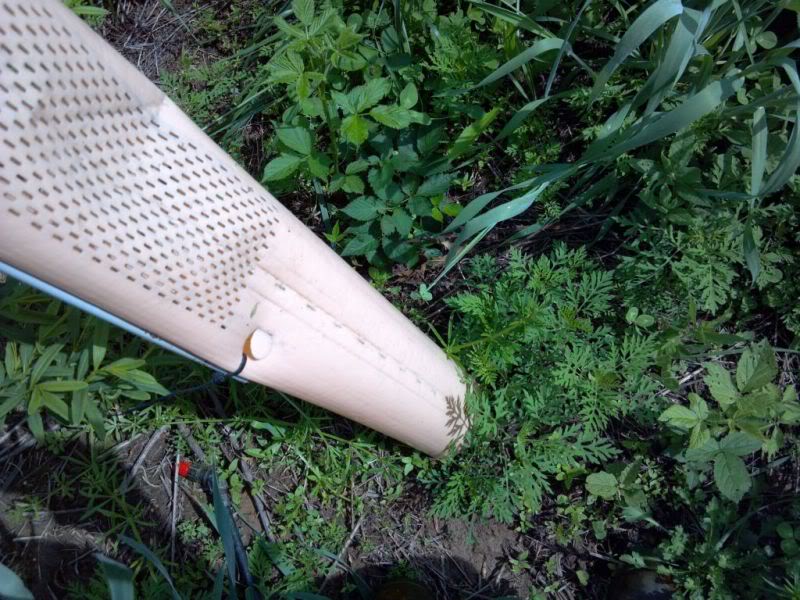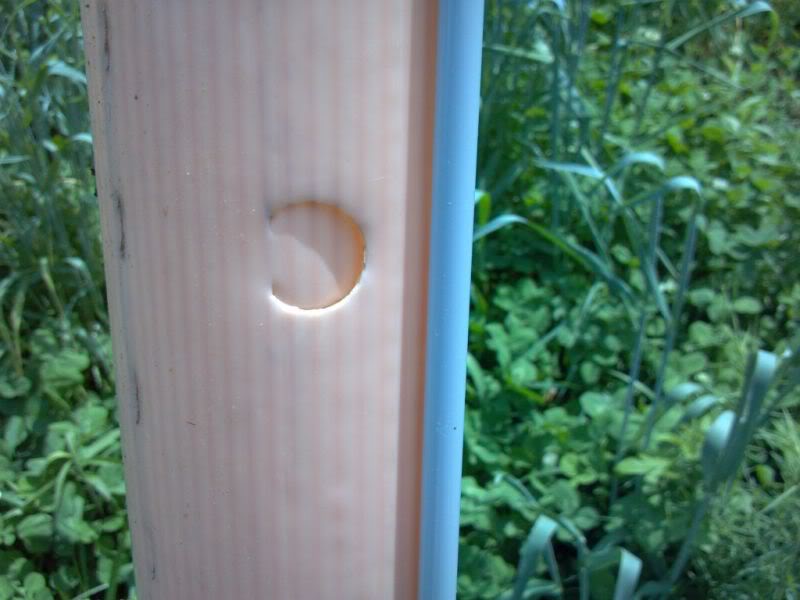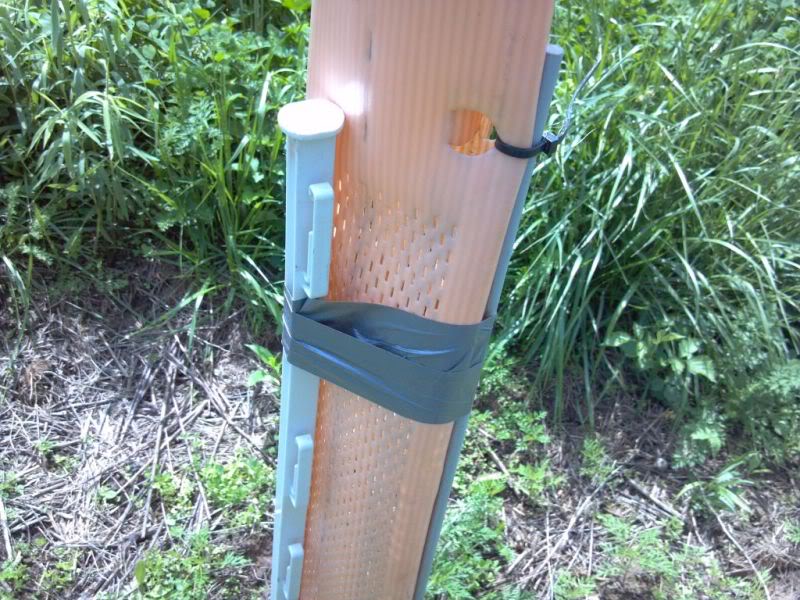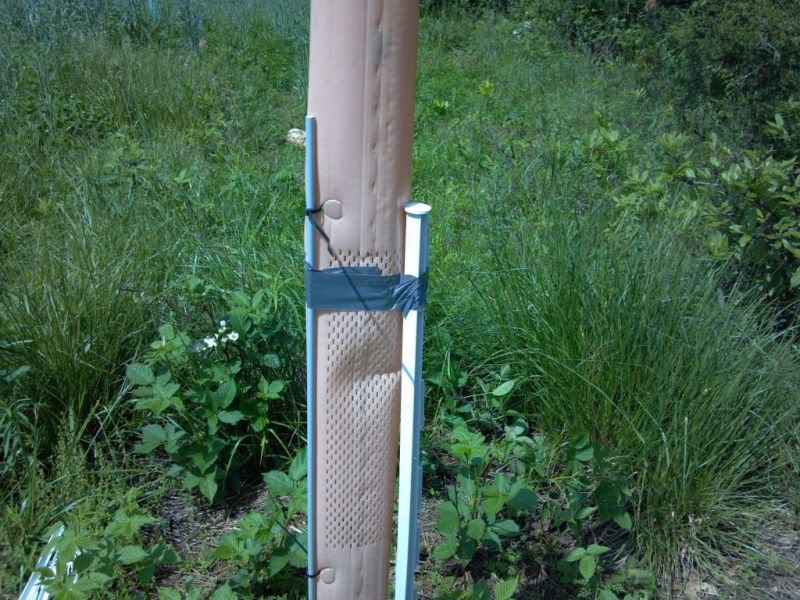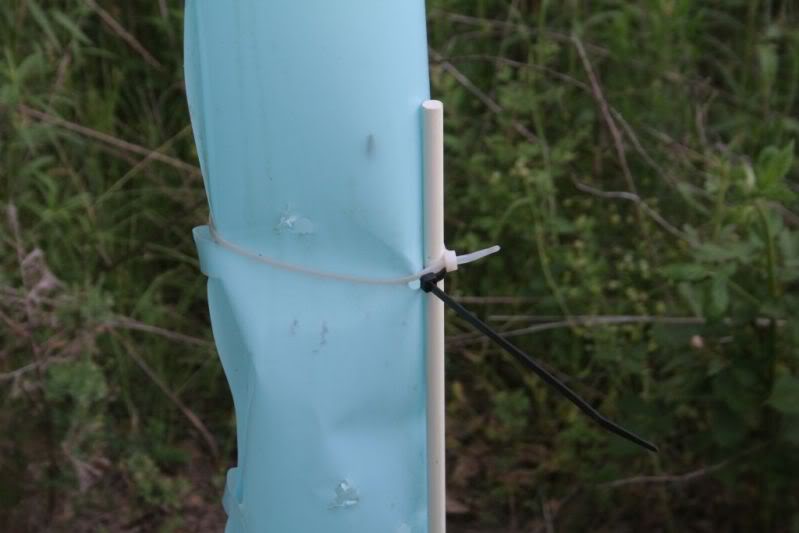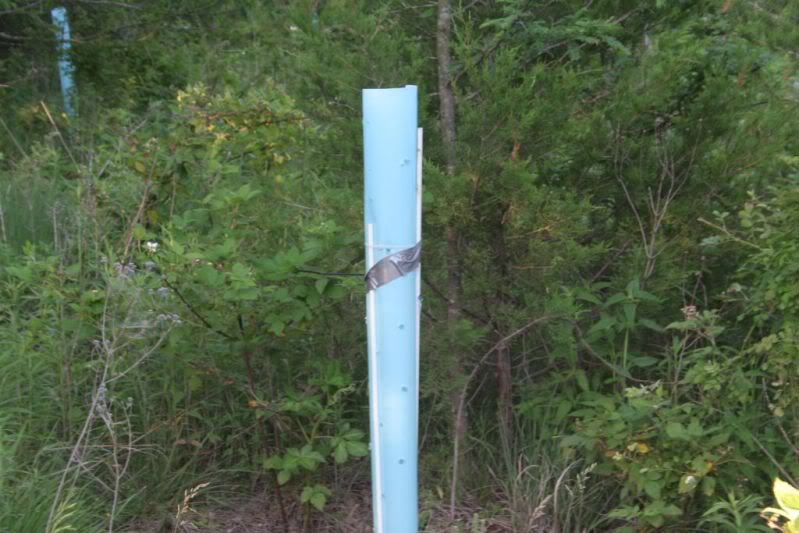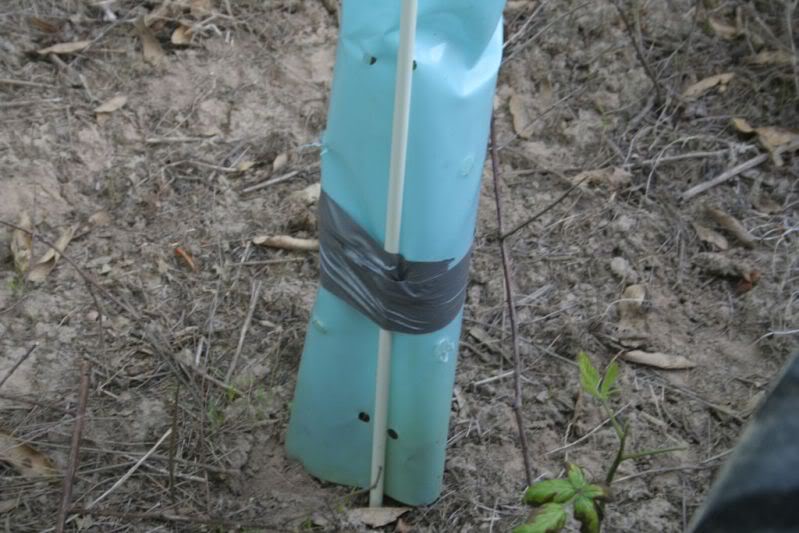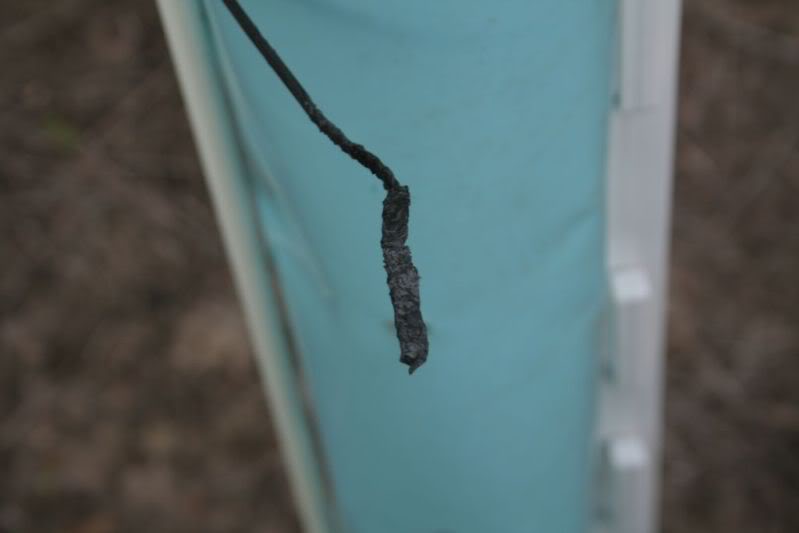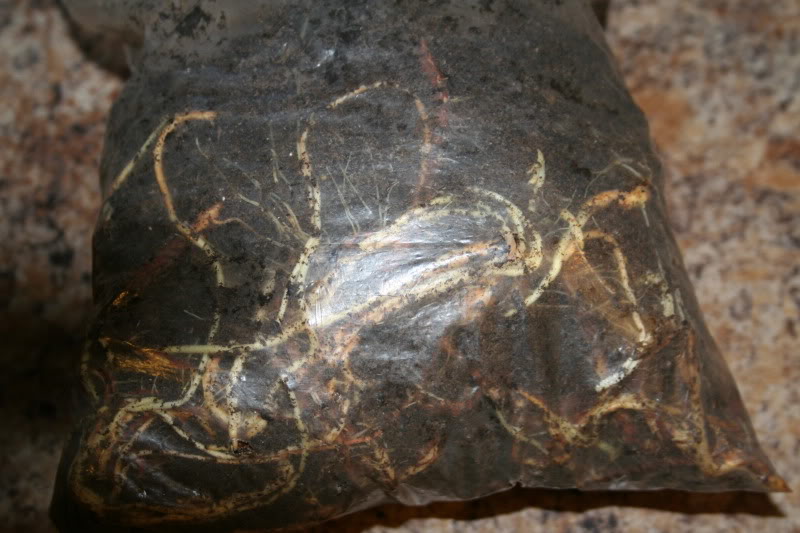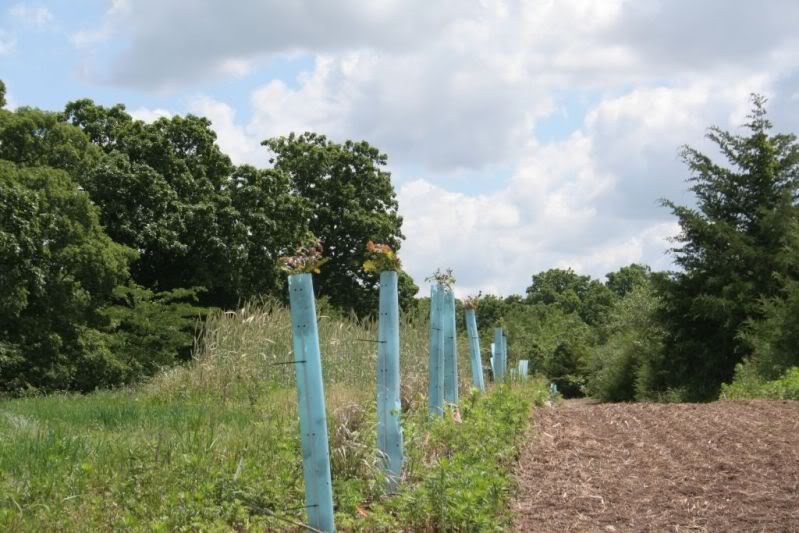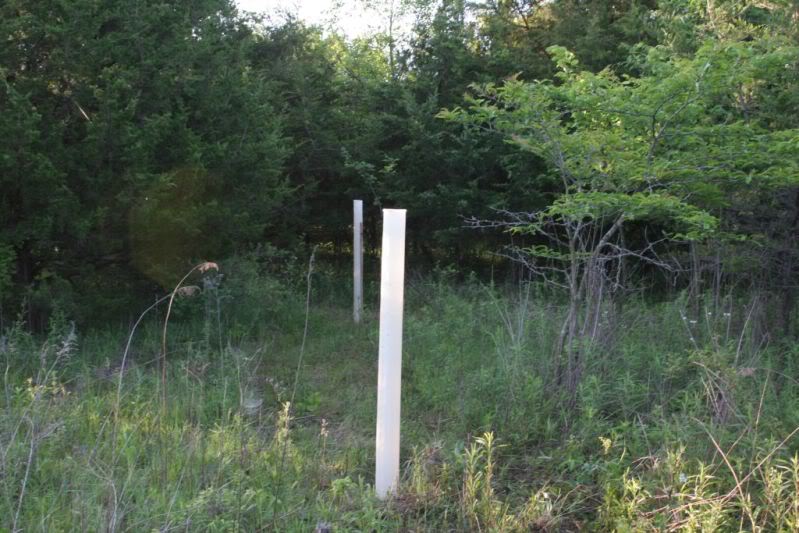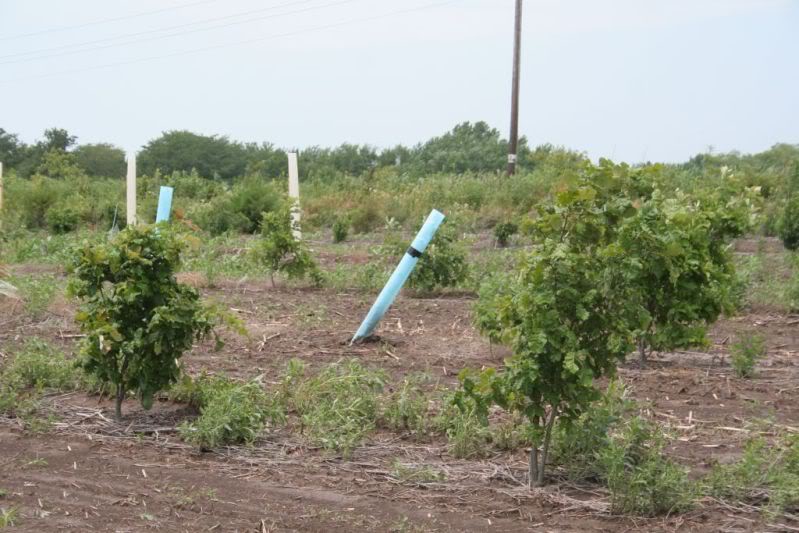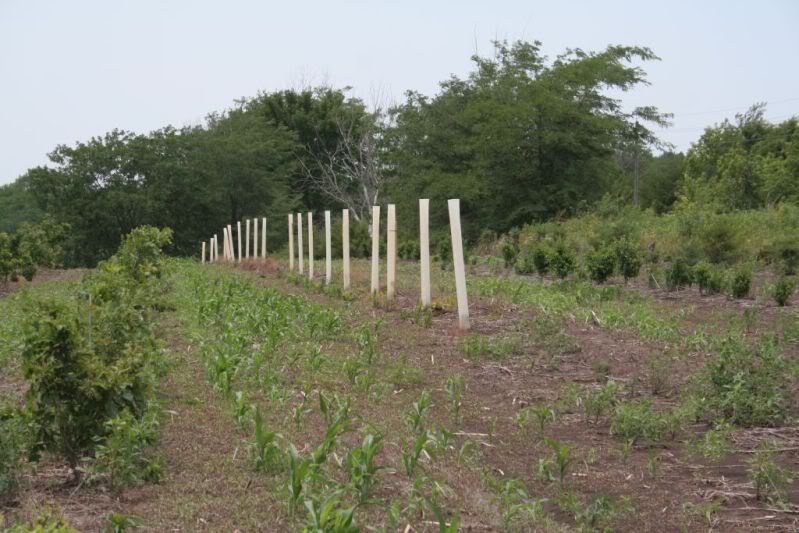dbltree
Super Moderator
May 16th, 2012
I have been planting trees from Oikos Tree Crops for 20 years or so and have always had outstanding success with their container grown oak and chestnut seedlings along with corns and chestnuts for seed. Most of their oaks are not just ordinary trees but selected from trees with outstanding traits including hybrids that grow quickly and produce acorns at an early age. Many of mine produced as early as 8 years with no tubes, no herbicide or fencing, given the very best care however some trees can produce in as little as 3-5 years. Not a place to buy 5000 seedlings to re-forest an area but rather a source for small quantities of hybrid or special trees and plants. I get their email news letter and take advantage of last minute sales and recently purchased 25 Ashworth burr oaks, 5 Schuttes Oak and 5 ‘Sweet it Is’ burr oaks (check the "sale items")
Oikos Tree Crops
I like the container grown trees because they can be kept for a month or so if kept watered and out of hot drying sun, I just set them in a 5 gallon bucket and water daily until planted.

I gathered up the bucket, shovel, 4 # hammer, Miracle tubes and stakes and got them in the ground
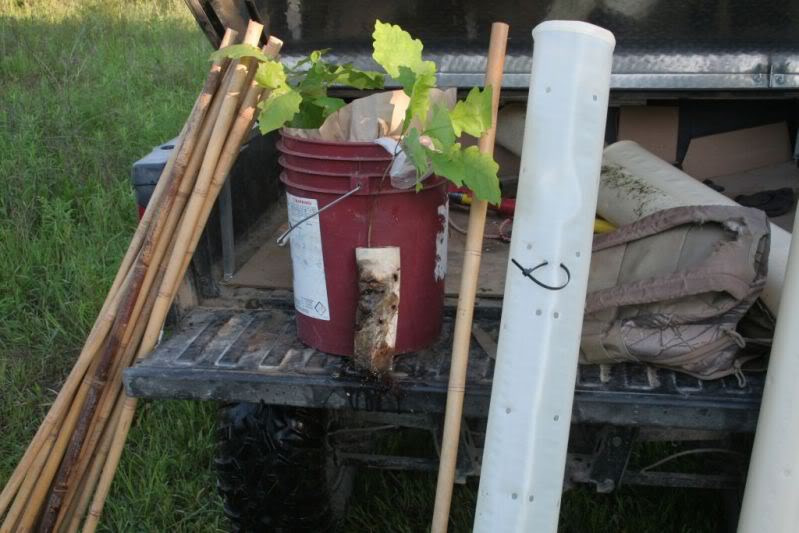
Mike Hamilton at Timber Management has the best price I have found on Miracle tubes and stakes and Mike also sells tree seeds of all kinds.
Timber Management
The tubes come in 50 tube bags, 5 tubes inside each other
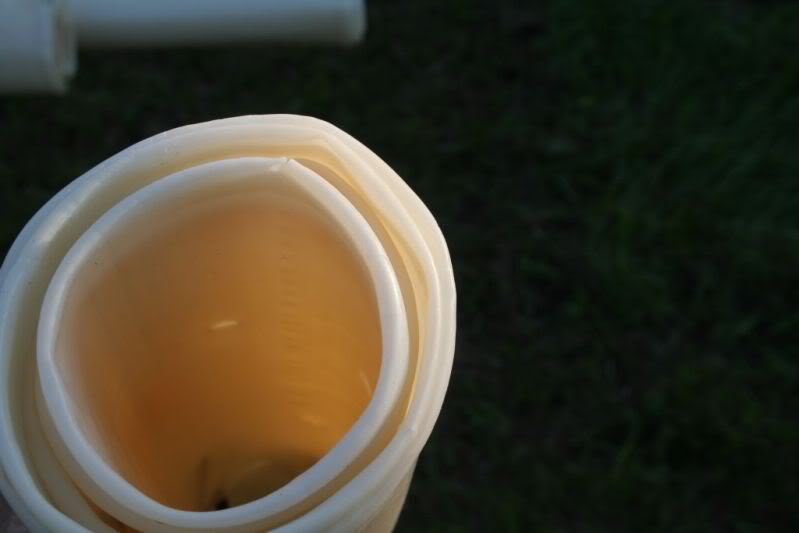
Of all the tubes I have tried these are absolutely the easiest to install with zip ties already in the tubes, simply slip the stake thru

Drive the stake in and pull tight!

If using tubes you can leave the paper pot on the seedling but otherwise I have found it best to remove it simply because animals are intrigued by it and will pull the entire seedling out of the ground to investigate

Because I was using tubes I left the pot intact
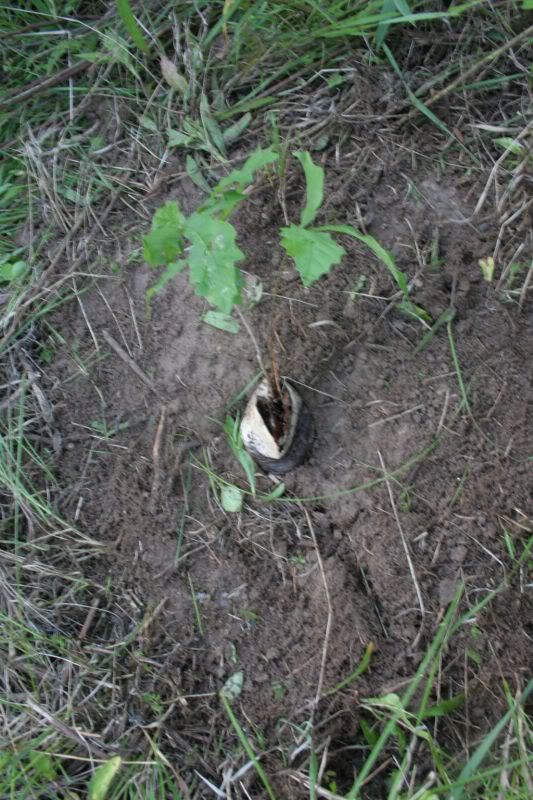
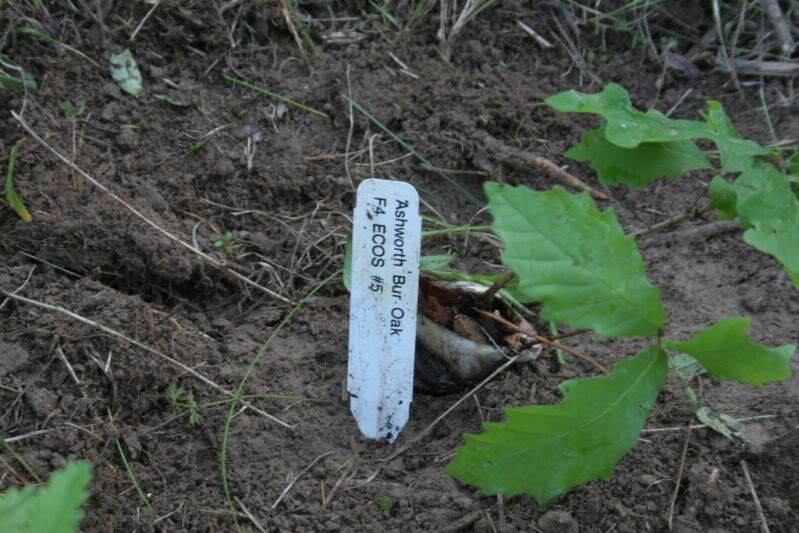
I prefer to pre-treat the areas with Oust and glyphosate but not knowing I would be purchasing these seedlings I planted into sod but first scrape the sod and debris away

Plant the seedlings, which in this case were pretty good size
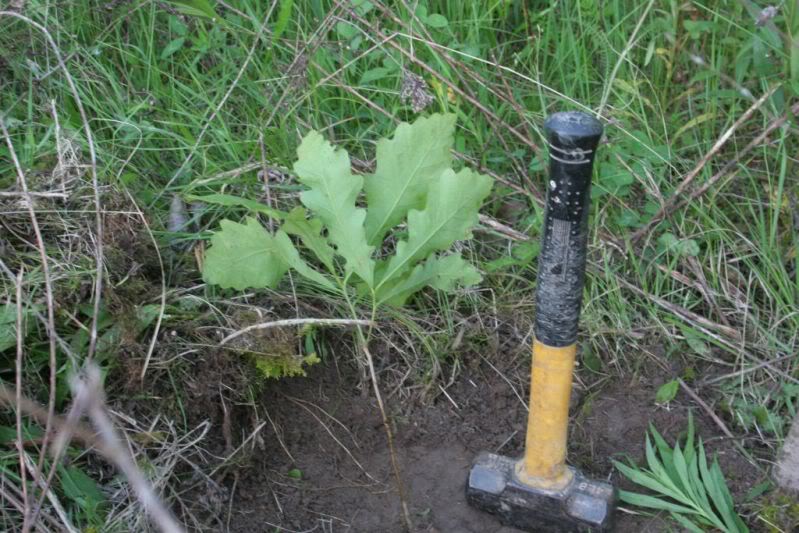
and then place tube and stake over seedlings...the loosened soil allows me to press the tube firmly into the soil
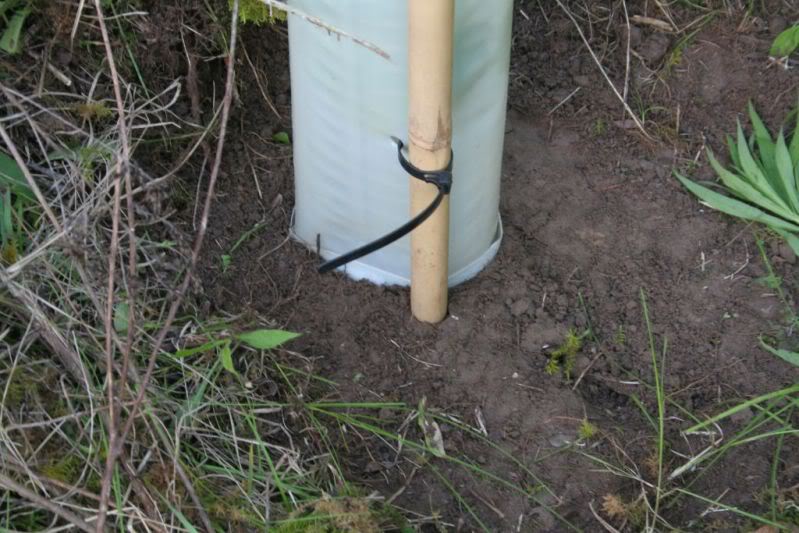
and if any areas are uneven I can close the gap at the bottom of the tube to seal it

These tubes do not require assembly and are very smooth and rigid making it impossible for animals to climb or chew on them or at least unlikely.

Once trees were planted and tubes installed I went back and sprayed a combination of clethodim, simazine, prowl and crop oil to both burn down existing vegetation and control weeds and grasses for the season. I try to kill a band or circle 2-3' in diameter.
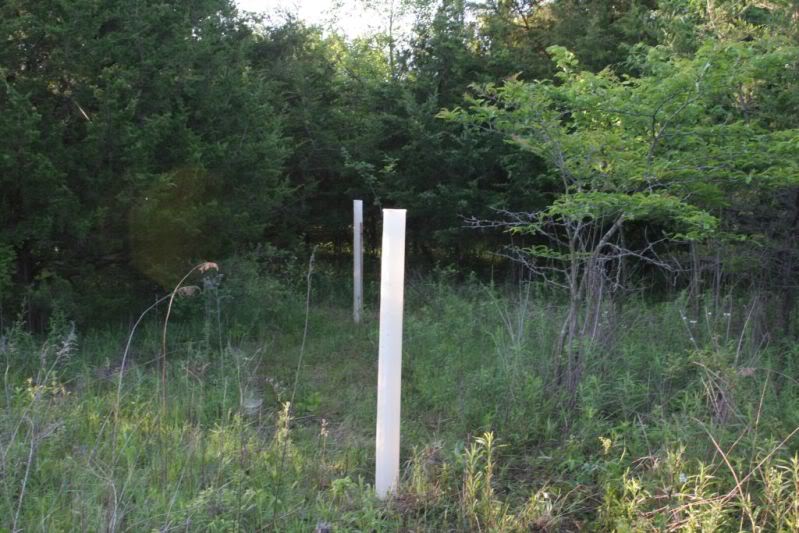
I planted all of them in a cedar thicket taking advantage of any opening, some of which we'll enlarge this winter.
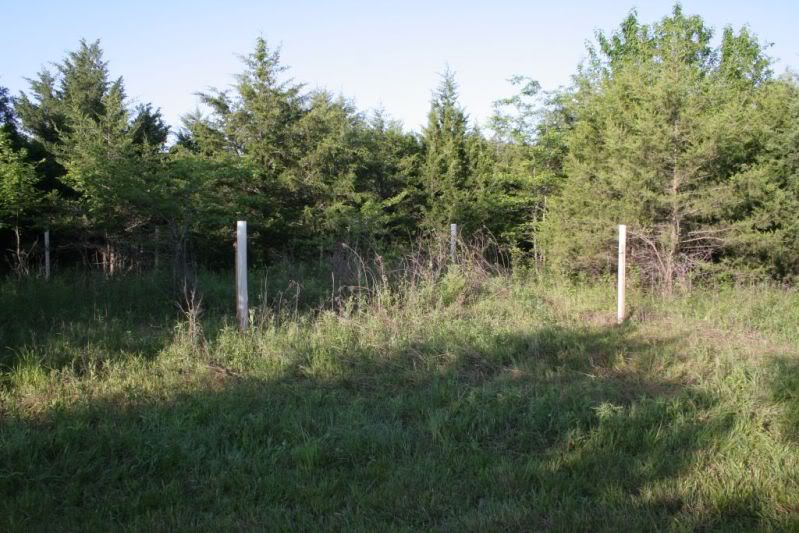
The combination of red cedars and sweet low tannin acorns from these oaks will some day make an already great haven...heaven for whitetails. The opportunity to purchase a few seedlings and tubes makes this affordable for almost any budget and can help the landowner transform an area with few or no oaks into a whitetail mecca.... :way:
I have been planting trees from Oikos Tree Crops for 20 years or so and have always had outstanding success with their container grown oak and chestnut seedlings along with corns and chestnuts for seed. Most of their oaks are not just ordinary trees but selected from trees with outstanding traits including hybrids that grow quickly and produce acorns at an early age. Many of mine produced as early as 8 years with no tubes, no herbicide or fencing, given the very best care however some trees can produce in as little as 3-5 years. Not a place to buy 5000 seedlings to re-forest an area but rather a source for small quantities of hybrid or special trees and plants. I get their email news letter and take advantage of last minute sales and recently purchased 25 Ashworth burr oaks, 5 Schuttes Oak and 5 ‘Sweet it Is’ burr oaks (check the "sale items")
Oikos Tree Crops
I like the container grown trees because they can be kept for a month or so if kept watered and out of hot drying sun, I just set them in a 5 gallon bucket and water daily until planted.

I gathered up the bucket, shovel, 4 # hammer, Miracle tubes and stakes and got them in the ground

Mike Hamilton at Timber Management has the best price I have found on Miracle tubes and stakes and Mike also sells tree seeds of all kinds.
Timber Management
The tubes come in 50 tube bags, 5 tubes inside each other

Of all the tubes I have tried these are absolutely the easiest to install with zip ties already in the tubes, simply slip the stake thru

Drive the stake in and pull tight!

If using tubes you can leave the paper pot on the seedling but otherwise I have found it best to remove it simply because animals are intrigued by it and will pull the entire seedling out of the ground to investigate

Because I was using tubes I left the pot intact


I prefer to pre-treat the areas with Oust and glyphosate but not knowing I would be purchasing these seedlings I planted into sod but first scrape the sod and debris away

Plant the seedlings, which in this case were pretty good size

and then place tube and stake over seedlings...the loosened soil allows me to press the tube firmly into the soil

and if any areas are uneven I can close the gap at the bottom of the tube to seal it

These tubes do not require assembly and are very smooth and rigid making it impossible for animals to climb or chew on them or at least unlikely.

Once trees were planted and tubes installed I went back and sprayed a combination of clethodim, simazine, prowl and crop oil to both burn down existing vegetation and control weeds and grasses for the season. I try to kill a band or circle 2-3' in diameter.

I planted all of them in a cedar thicket taking advantage of any opening, some of which we'll enlarge this winter.

The combination of red cedars and sweet low tannin acorns from these oaks will some day make an already great haven...heaven for whitetails. The opportunity to purchase a few seedlings and tubes makes this affordable for almost any budget and can help the landowner transform an area with few or no oaks into a whitetail mecca.... :way:



